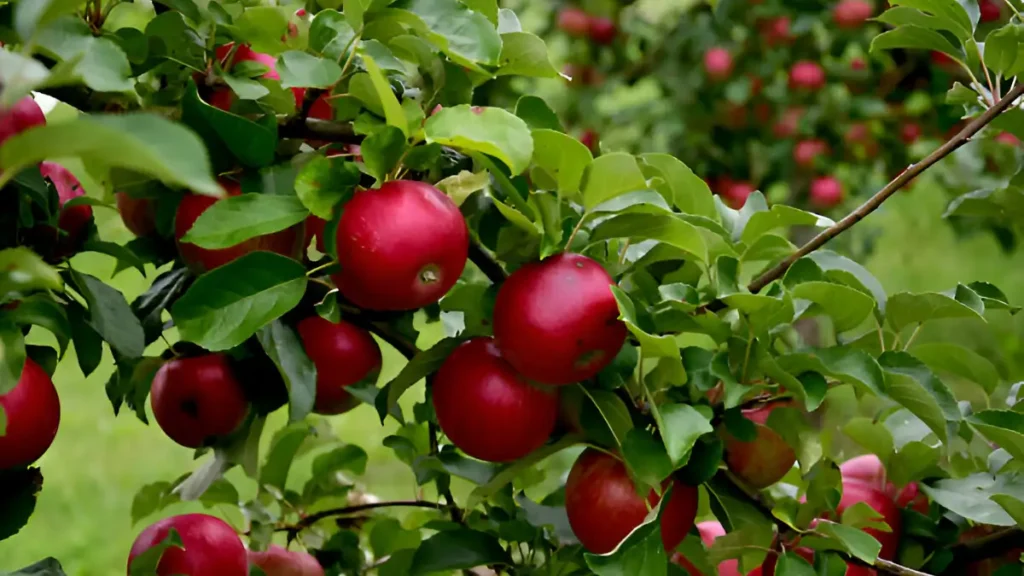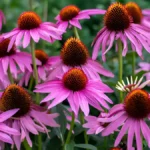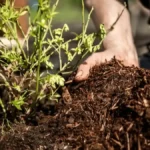Other foods may be grown in your backyard besides vegetables. Fruits and vegetables give us vital vitamins and minerals that support the health and strength of our bodies. You may achieve the highest level of sustainability in your garden by planting a combination of both.
Growing your fruit garden is a very fulfilling experience. It provides fresh, organic fruit in your garden, improves the scenery, and encourages sustainability. However, many beginners make basic blunders that might jeopardize their garden’s success. Follow these six simple measures to maintain a successful fruit garden and prevent costly mistakes.
1. Select the best location for your fruit garden
Choosing the right site is critical to the success of your fruit crop. Fruit-bearing plants require plenty of sunshine, well-drained soil, and shelter from extreme weather conditions. Here are some crucial variables to consider:
Most fruit trees and shrubs require at least 6-8 hours of direct sunshine each day. Insufficient sunshine causes poor fruit production.
Conduct a soil test to evaluate pH and nutrient levels. Fruit trees like slightly acidic to neutral soil (pH 6.0–7.0).
Avoid wet places. Poor drainage can lead to root rot and fungal infections.
You must provide fruit trees and plants enough protection from severe weather and wind in the garden if you want them to survive. For fruit to be produced efficiently, trees and plants that give fruit must be able to blossom and be pollinated. A fruit garden can benefit from some degree of weather protection via hedges, walls, and fences.
2. Plan your fruit garden layout efficiently
A well-designed garden layout maximizes space and production by using strategies like orchard-style planting for large backyards, raised garden beds for small yards, vertical gardening using trellises and hanging pots for vines and climbers, and container gardening for individuals with limited space for mobility and adaptability.
3. Choose the proper fruit varieties for the climate of your fruit garden
For your fruit garden to be as sustainable as possible, blend annual and perennial plants. To avoid picking every fruit in your garden at once, keep an eye on when it’s time to harvest it and change it up. Select a well-balanced assortment of early, mid, and late-season cultivars.
Choosing the right fruit cultivars for your USDA Hardiness Zone can increase yields and reduce insect and disease problems. Fruit choices vary based on climate, with cold climates (Zones 3-6) favored by apples, cherries, and plums; temperate climates (Zones 6-9) include peaches, pears, grapes, strawberries, and figs; tropical/subtropical climates (Zones 9-11) include bananas, citrus fruits, mangoes, and avocados.
Your fruit garden might begin with seeds, plants, or bare roots. To guarantee the early development of fruit-bearing trees, shrubs, and plants in your garden, you may even employ all three types in your fruit garden.
4. Properly prepare the soil and plants
To enhance fruit garden productivity, improve soil preparation by adding organic matter like compost or sand, enriching it with nutrients like compost, aged manure, or balanced fertilizer, and digging proper holes for trees twice the width of the root ball but no deeper than the roots, and spacing plants between plants for air circulation and fungal prevention.
Mulching your fruit garden has two benefits. First, mulching helps to keep moisture in the garden bed and around fruit trees. It also aids in the control of weeds, which may take valuable water and nutrients from fruit trees, both of which are required for growth. Mulching may assist in guaranteeing that your fruit trees, shrubs, and plants get adequate water and nutrients.
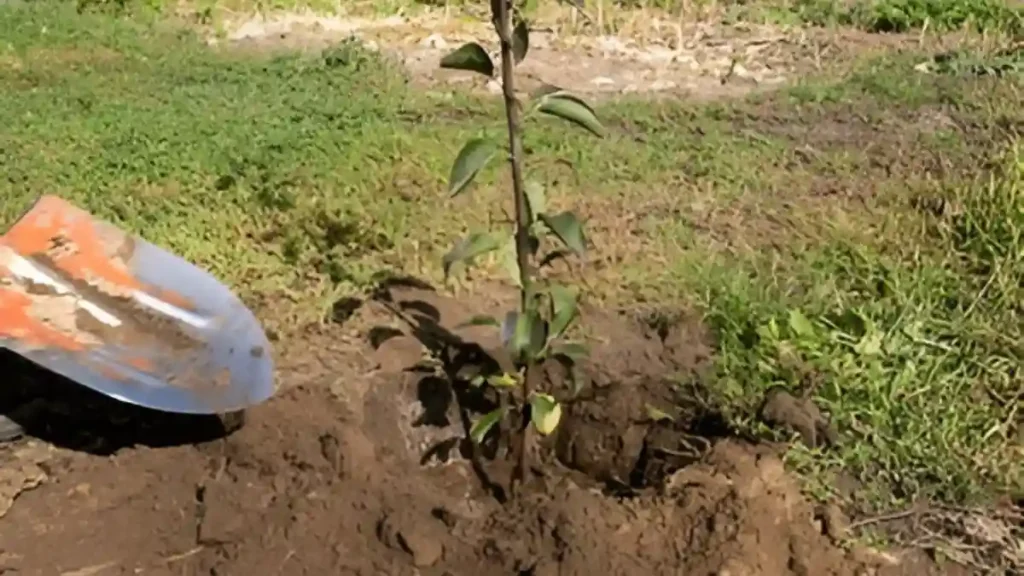
5. Use proper pruning and watering methods
Fruit production requires that plants, trees, and shrubs have adequate water during the growing season. Fruit-bearing plants and trees do not survive in very wet situations where water pools. Fruit plants will not grow if the circumstances are too dry. If you have a dry yard or will be unable to water your fruit garden regularly, consider installing a drip irrigation system.
To improve tree health, remove unhealthy or dead branches, reduce the population in congested areas, and shape young trees for optimal fruit production and sturdy framework.
6. Protect your fruit garden from birds, pests, and diseases
To protect your fruit garden from pests and illnesses, use organic and natural treatments proactively. Common pests include aphids, birds, and rodents. Preventing diseases involves crop rotation, organic fungicides, and removing trash and fallen fruits. Use luminous tape, netting, wire mesh barriers, and copper sulfate if necessary.
To protect fruit trees from birds, use netting to provide a physical barrier around the branches, ensuring that it is properly tied to keep birds out. Reflective materials, such as aluminum foil strips, CDs, or wind chimes, can repel birds by causing movement and light flashes. Installing decoys, like false owls or hawks, can also be beneficial, but they must be relocated regularly to stay effective. Planting bird-friendly alternatives, such as berry bushes, away from your fruit trees can also help deflect their interest. Regularly monitoring and tweaking deterrents will increase their long-term efficacy.
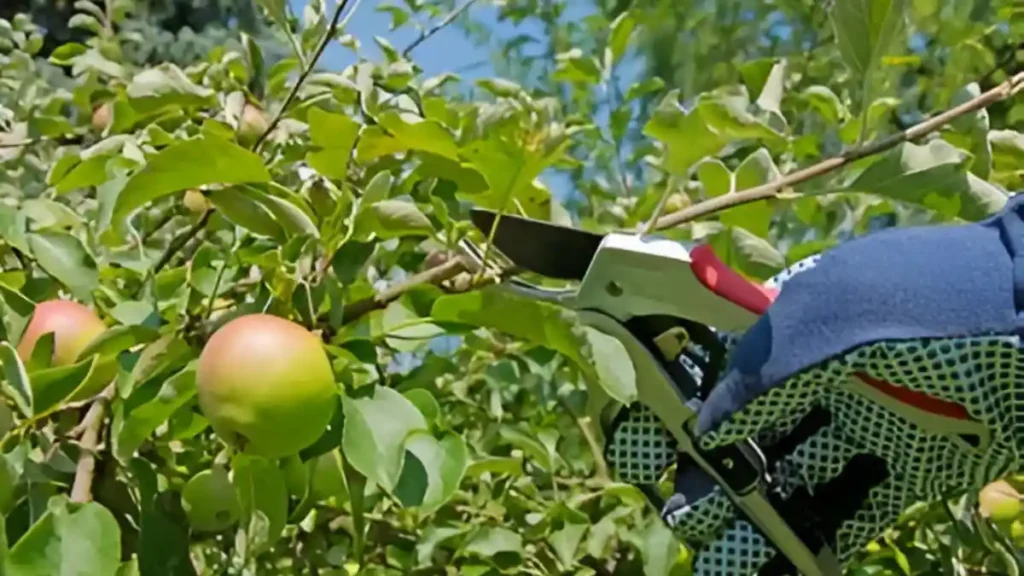
Conclusion:
Starting a fruit garden needs careful planning, but by using these six fruit garden ideas, you can create a lush, bright, and productive backyard full of delectable fruits. Your fruit garden will survive for years if you choose the right site, climate-appropriate kinds, adequately prepare the soil, maintain regular watering and pruning routines, and defend against pests and diseases.
Certainly! If you’d like to learn more, please consider following our WhatsApp Channel, Facebook, Instagram, YouTube, Twitter, and Pinterest.
A frequently asked questions:
Q1: What is the easiest fruit to grow in a garden?
A1: Strawberries and raspberries are two of the simplest fruits to produce in a garden, needing little maintenance and flourishing in a variety of climates. They thrive in pots or garden beds, producing fruit fast with adequate sunshine and irrigation.
Q2: When is the best time to plant fruit trees?
A2: The optimum time to plant fruit trees is in early spring or fall, when temperatures are mild and roots may grow before harsh weather.
Q3: How can I improve pollination in my fruit garden?
A3: Plant various fruit tree kinds that bloom at the same time, use blooming plants to attract pollinators such as bees, and avoid insecticides that kill beneficial insects.
Q4: How do I protect my fruit plants from frost?
A4: Cover plants with frost blankets or cloths, mulch at the base, and moisten the soil before the freeze to assist retain heat. Potted plants can be transported indoors.
Q5: What are the best companion plants for a fruit garden?
A5: Marigolds are good partners because they suppress pests, lavender attracts pollinators, and clover fixes nitrogen in the soil. Avoid growing fruit trees near black walnut trees, which produce poisons.

